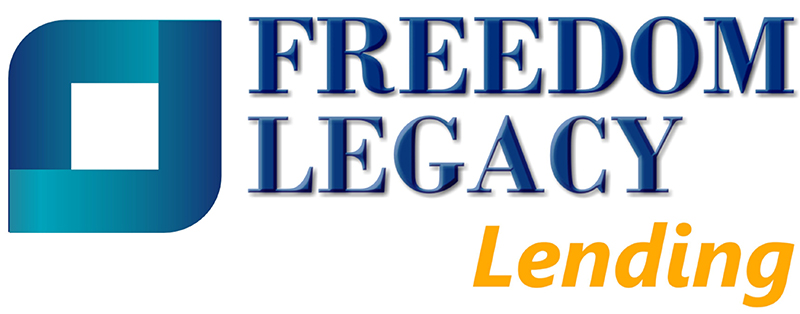

Economic factors such as student-loan debt, a lack of entry-level single-family homes and rising interest rates have stifled homeownership. College graduates in the Class of 2018, for example, walked off the stage with a diploma and an average of $39,400 in student-loan debt.
If the headline of a recent Trulia research piece, “The American Starter Home: Expensive, Small, Broken Down, and Hard to Find,” doesn’t make the case clearly enough, the data points certainly do. From 2012 to 2018, the inventory of starter homes declined 49 percent while prices rose 58 percent. There also is the fact that we are in the midst of a rising interest rate environment, with the average 30-year, fixed-rate mortgage increasing by about 90 basis points from November 2017 to November 2018.
Demographic factors like delayed parenthood mean that traditional triggers for home-purchase decisions are occurring later in life. On average, women are having their first child at age 28, compared to as recently as 2014 when 26 was the average, according to the Centers for Disease Control and Prevention. Furthermore, the fertility rate — the number of births a woman is expected to have during her childbearing years — has declined to an all-time low of 1.76.
This decrease is weighted toward cities, with fertility rates dropping 18 percent in large metro areas, 16 percent in small and midsize cities, and 12 percent in rural areas from 2007 to 2017. Smaller households mean that new parents might be comfortable in a two- or three-bedroom apartment for the long term, rather than fleeing to the suburbs for more bedrooms and a yard.
When we combine all these factors, it’s easy to see why many think a mid-60 percent homeownership rate — 64.4 percent as of third-quarter 2018 — is the new normal. It could actually be a return to normal, since a mid-60 percent homeownership rate was standard from the mid-1960s to mid-1990s.

